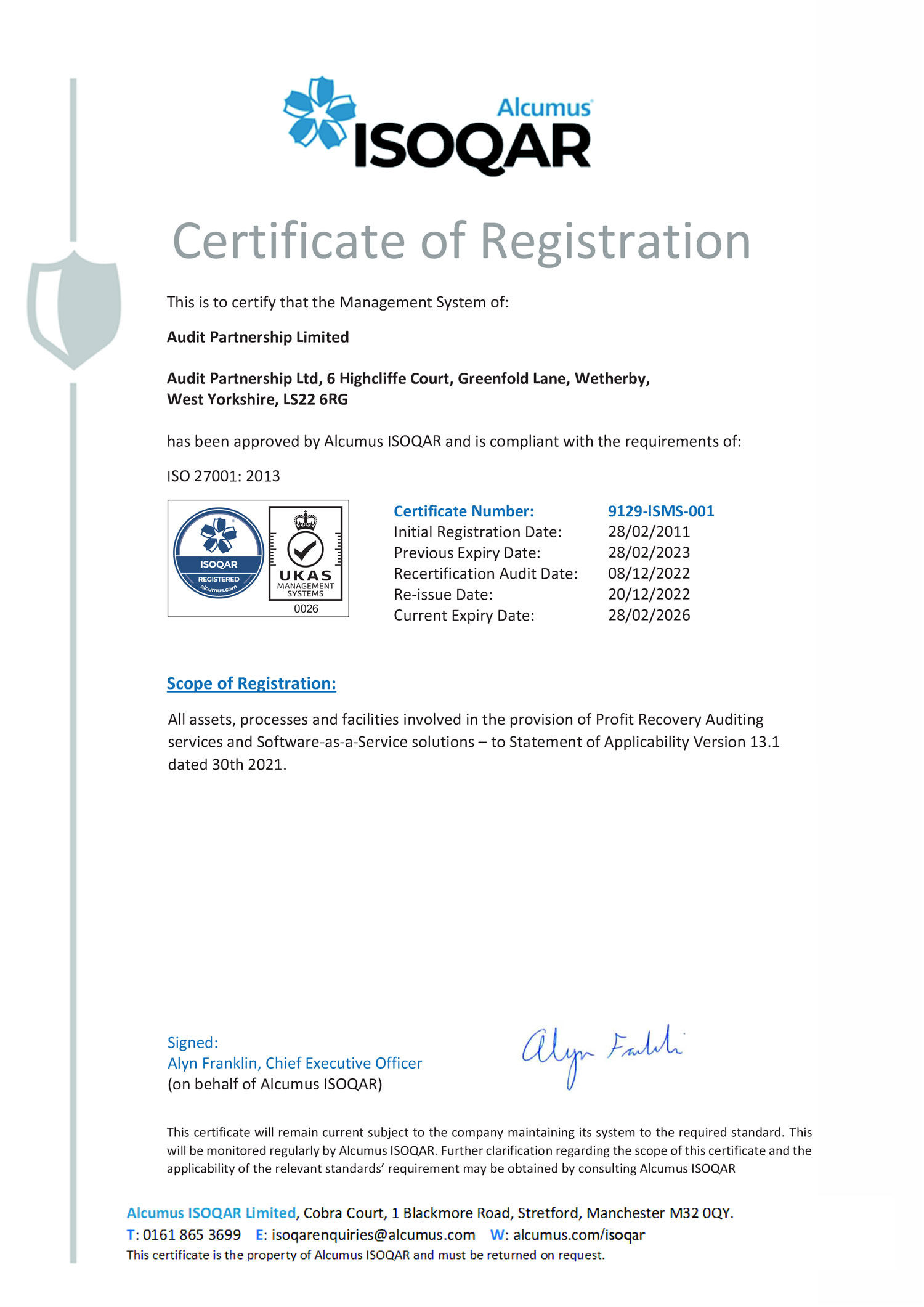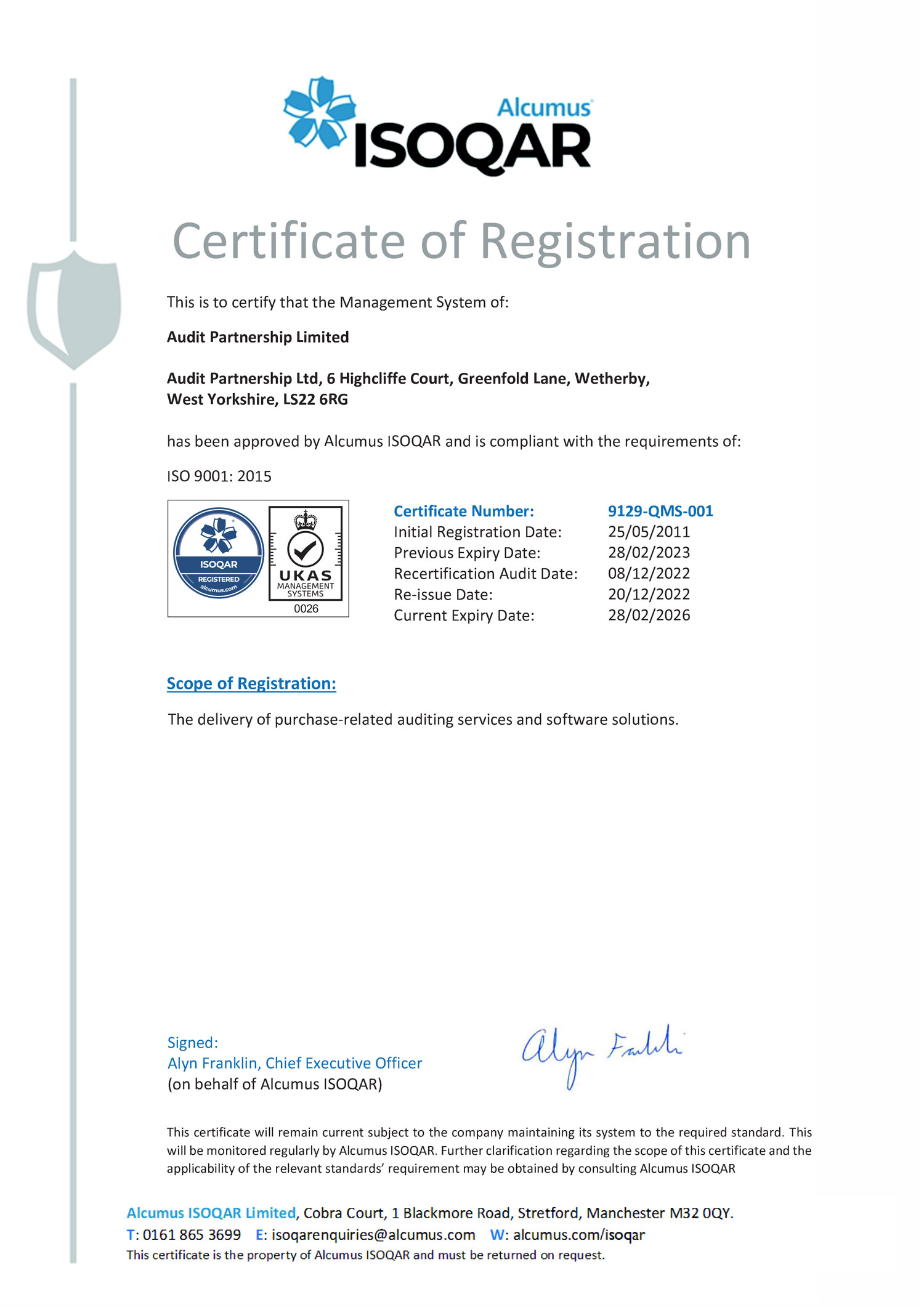
Recovery audits are an important process that helps businesses identify billing errors and revenue leakage. To maximise recovery and ensure process improvements are implemented, it is crucial to communicate recovery audit findings effectively to Stakeholders. This blog discusses how to communicate recovery audit findings effectively to various business sector Stakeholders.
Understanding Recovery Audit in Detail
A recovery audit, also known as a post-payment audit, is a process where an organisation’s past billing and payment records are reviewed to detect any overpayments or underpayments made to suppliers. The goal is to identify claims that were billed or paid incorrectly due to human errors, lack of proper documentation, or system issues. Recovery audits help recover revenue lost due to such errors and also provide insights on how to reduce future billing mistakes.
How to Communicate Recovery Audit Findings Effectively to Stakeholders
Once a recovery audit is complete, the key findings need to be communicated to various Stakeholders in a compelling yet constructive manner. Here are some tips on how to effectively communicate recovery audit findings:
1. Tailor the Communication Based on the Stakeholder
The recovery audit findings should be communicated to different Stakeholders based on their roles and needs. A high-level summary highlighting the key findings and impacts should be provided to the C-suite executives.
More granular level details, along with root cause analysis, should be shared with the billing and finance teams who will be involved in implementing the recommendations. Tailoring the communication ensures Stakeholders receive only the relevant information in a format that is useful for their role.
2. Highlight Dollar Impacts
Stakeholders, especially executives, care most about the bottom-line impact of any issues or errors identified. It is important to quantify the potential savings that can be achieved by fixing recurring errors found in the audit. Communicating the dollar value of recoveries and savings helps Stakeholders understand the significance and prioritise addressing the findings.
3. Explain Root Causes and Trends Clearly
When presenting the findings, it is not enough to just state what the issues are. Analysing and communicating the root causes behind why those errors or compliance lapses occurred is equally important. This helps ensure the recommendations and corrective actions target resolving the actual problems rather than just the symptoms. Communicators should also highlight any trends noticed in the errors to aid in the analysis of the underlying issues.
4. Suggest Actionable Recommendations
Stakeholders do not want to just hear about problems; they also want solutions. The communication of findings needs to offer concrete steps and action plans to resolve each issue, rather than leaving Stakeholders wondering how to address the problems. Specific recommendations for process enhancements, control strengthening, training needs, etc., help Stakeholders understand the path forward to remedy issues.
5. Schedule Follow-up Meetings
A one-time report may not be sufficient. Follow-up meetings allow Stakeholders to directly engage with the auditors, get clarification on any part of the findings, and discuss progress with implementing recommendations. This helps address any lingering questions or concerns and ensures Stakeholders remain invested in the process.
6. Emphasise Process Improvements
The recovery audit is not just about recovering losses but also about strengthening long-term controls. Communicators need to emphasise that this if implemented, will help standardise and automate processes, plug compliance lapses, and prevent future errors and overpayments from occurring. This reinforces the importance and value of the audit beyond short-term recoveries.
Proper communication of recovery audit findings helps Stakeholders understand the importance of addressing issues, get on board with recommendations, and track progress on fixes. This ensures businesses can truly benefit from recovery audits.
Get the Best Recovery Audit Services from Audit Partnership
Audit Partnership is a leading provider of recovery audit and revenue integrity services. We have helped clients in industries like retail, healthcare, and manufacturing recover millions in lost revenue through our customised audit programs. Some key benefits we offer include:
- Technology-enabled audits: We leverage AI and data analytics to efficiently detect errors across large volumes of claims, invoices or other transactions.
- Continuous monitoring model: Unlike one-time audits, we provide ongoing monitoring to catch new errors in real-time and help clients avoid future losses.
- Actionable recommendations: Along with findings, we offer practical solutions tailored to our client’s operations and processes.
- Effective communication of results: We understand the importance of clearly communicating audit findings to Stakeholders through reports, presentations and follow-up discussions.
- Flexible commercial models: We offer fee-for-service or shared savings models to best align with our clients’ needs and budgets.
Contact us today to understand how we can conduct a recovery audit of your past payments and billing records, identify revenue recovery opportunities, and help strengthen your financial controls through our proven methodology and technology solutions.
Conclusion
Recovery audits are powerful tools for detecting past billing errors, recovering lost revenue, and enhancing process controls. However, their true value is realised only when findings are effectively communicated to relevant Stakeholders across the organisation. With the right strategies and clear presentation of results, recovery audits can help businesses in any industry maximise financial benefits while instituting lasting improvements.
Partner with the right recovery audit service provider – Audit Partnership to leverage our expertise in conducting customised recovery audits and ensuring Stakeholders are properly engaged with the findings.
Frequently Asked Questions (FAQs) – How to Communicate Recovery Audit Findings Effectively to Stakeholders
1. What is a recovery audit?
A recovery audit, also known as a post-payment audit, is a process of reviewing an organisation’s past billing and payment records to identify any overpayments or underpayments made to providers, vendors, suppliers, etc. due to errors. It helps recover lost revenue and improve billing processes.
2. What are the key benefits of a recovery audit?
The key benefits are recovering lost revenue, identifying root causes of errors to prevent future losses, strengthening financial controls, improving billing accuracy and enhancing Stakeholder confidence through transparency.
3. Which industries commonly use recovery audits?
Industries commonly use recovery audits in retail, healthcare, manufacturing, telecom, finance, aerospace, transportation, construction, chemicals, and the public sector, as they deal with complex billing and invoicing.
4. How can recovery audit findings be effectively communicated?
Findings should be tailored to Stakeholders, highlight dollar impacts, explain root causes and trends, suggest actionable recommendations, schedule follow-up meetings, and emphasise long-term process improvements.
5. Can recovery audits identify more than just overpayments?
Yes, recovery audits can also detect underpayments received, non-compliance issues, billing errors like duplicate payments, missing credits/discounts, etc., not just overpayments.














